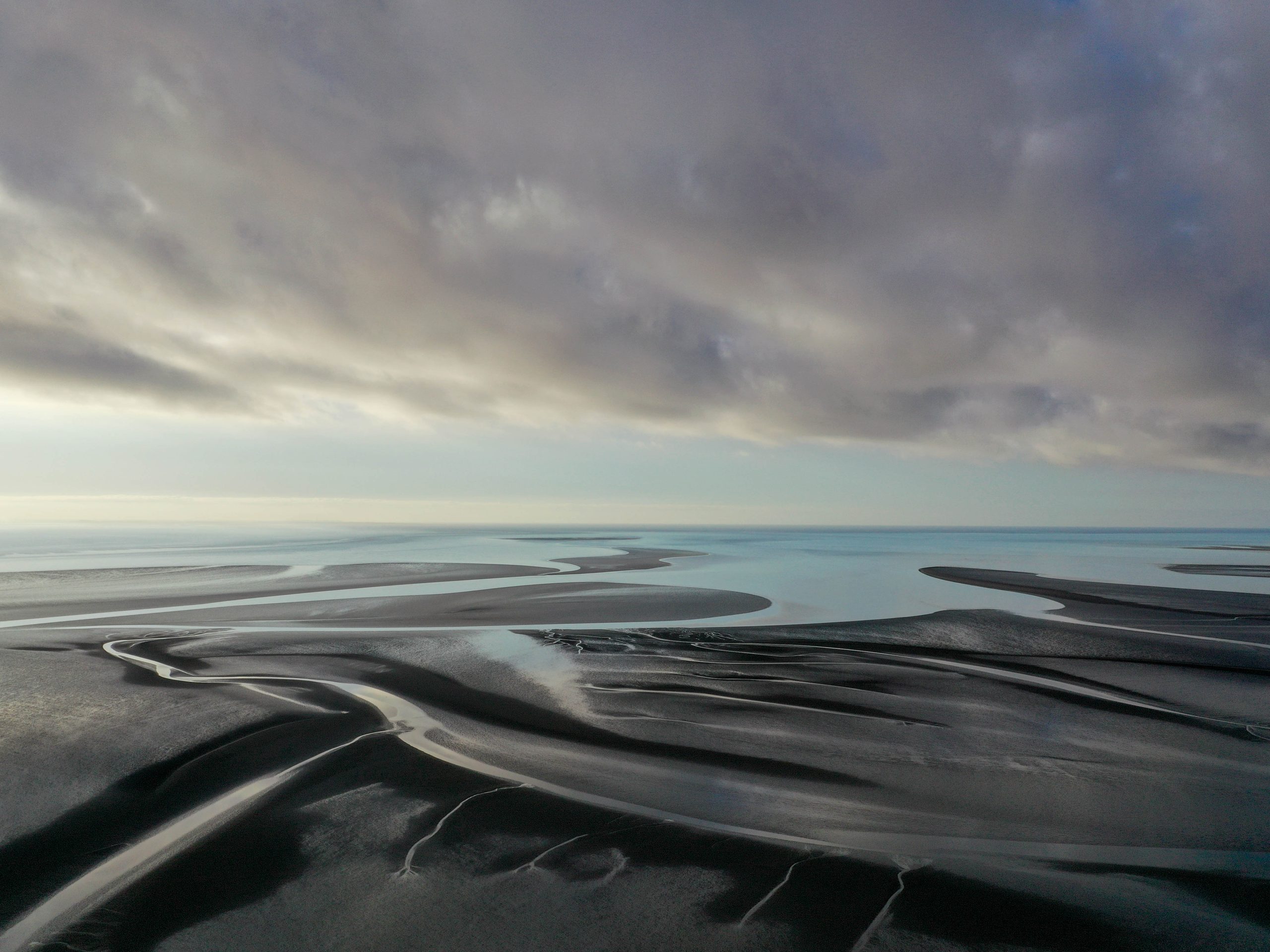
Marine Protected Areas
Our seas are home to a wide diversity of underwater habitats and species with some of the best marine wildlife in Europe. Hidden under the water are some particularly rare marine habitats and species, some of international importance. The government is aiming to protect habitats and species in our seas by contributing to an ecologically coherent network of marine protected areas.
More information is available on Defra’s website.
Human activity is putting increasing pressure on marine ecosystems. The aim of a coherent network of Marine Protected Areas (MPAs) is to ensure that our seas, which are a common resource, will continue to contribute to our society for generations to come. Certain activities within MPAs therefore have to be managed.
The main types of marine protected areas in English waters are:
- European Marine Sites giving legal protection to species and habitats of European importance
- Marine Conservation Zones and SSSIs with marine components giving protection to species and habitats of national importance
Other Designations
Ramsar Sites
The Convention on Wetlands, called the Ramsar Convention, is an intergovernmental treaty that provides the framework for national action and international cooperation for the conservation and wise use of wetlands and their resources. The convention entered into force in the United Kingdom in 1976.
The United Kingdom currently has 170 sites designated as Wetlands of International Importance (Ramsar Sites), with a surface area of 1,278,923 hectares. A number of the estuaries in the NWIFCA district have this international designation including:
- Upper Solway Flats and Marshes
- Duddon Estuary
- Morecambe Bay
- Ribble and Alt Estuaries
- Mersey Estuary
- Mersey Narrows and North Wirral Foreshore
- Dee Estuary
More information is available on the Ramsar website.
Much of the North West coastline is also designated under UK law as Sites of Special Scientific Interest (SSSIs) and National Nature Reserves (NNRs). Information on these sites can be found on the following sites:
Other useful links can be found below:
- Association of IFCAs MPAs website link: Marine Protected Areas – AIFCA (association-ifca.org.uk)
- Link to an interactive map showing IFCAs MPAs: Map – AIFCA (association-ifca.org.uk)